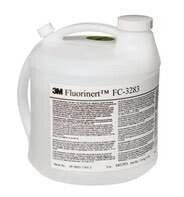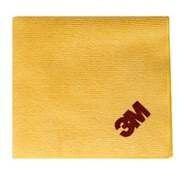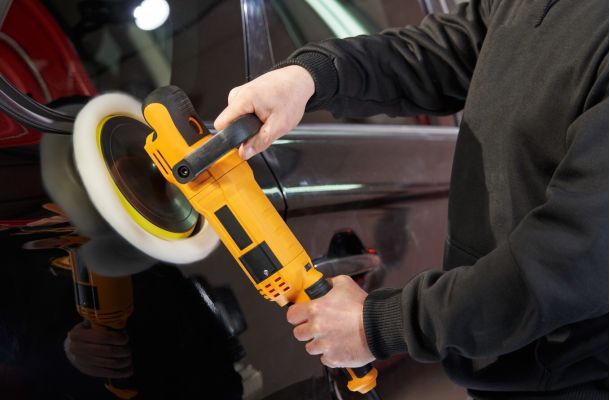Window film for cars and buildings


In the heat of summer, people try to avoid as much as possible from the sun's rays, even when they are outdoors, in the car or their home. The most effective way to protect yourself from the sun is to use window film on the surface of the glass. This layer is excellent in terms of light transmission and can also help with UV protection and solar control. Window film is most applied to the glass surfaces of vehicles and buildings. In this post, we've summarised what you need to know about these products.
What is the window film?
Window film is a thin layer that can be quickly and easily applied to the glass surface. What are the reasons for choosing window filming?
- Protection against excessive heat: sunrays can heat spaces in a matter of seconds. In the case of a property, this heat can be very uncomfortable, but in the case of a car, it can be life-threatening. Window film solutions help to slow down the natural process.
- UV protection: glass film fitted to windows can also filter out a high percentage of the sun's harmful rays, the so-called UV. It is important to note that not only dark-coloured films are effective in protecting against UV, but also transparent ones!
- Protection from spying eyes: darkened and tinted films prevent unwanted attention. The products prevent unauthorised people from seeing what's behind the glass, and potentially avoid crimes.
- The design comes first: for both buildings and cars, aesthetic window filming can add a lot to the design and look of the surfaces.
Window film for vehicles
In Hungary, the use of retrofit window film is regulated by law. According to the regulations, only films that have an H-approval ID and a type-approval certificate can be used. Films with a light transmission of at least 70% may be applied to the glass surfaces in front of the B-pillar, but there is no such restriction for the glass behind the pillar.
If the car and window film is not fitted correctly, the vehicle will fail the road tests and the film must be removed. Tinting is therefore legal only if it satisfies all requirements.
Window film for buildings
The blessed effect of the film is that it absorbs sunlight, slows down the heat-up of the room and provides privacy, which is not only useful for cars but also for buildings. A window's job is basically to let the sunlight in and provide a clear view, but it's also good to make sure that it can block unwanted attention from the outside. Window film can be a great solution, as you can see outwards but not inwards. It is important to remember that specific light conditions will affect transparency!
Window films for buildings are available in different types, for example, some are mirrored, and others are tinted. These films reflect more than 80% of sunlight and 99% of UV light. This also means that you can protect your furnishing from harmful rays.
The window film is applied using adhesive bonding. The first step is to clean the window surface thoroughly. This will ensure that the film can be applied as neatly as possible. When sizing, the window glass must be measured accurately and then the desired size can be cut out with a small margin. After cutting, the window can be fitted. This is done by removing the protective film from the foil and then wetting the surface and the foil to make positioning easier. First, the edges are fitted and then, using a trowel, the water and bubbles are squeezed out from under the film, working from the centre outwards. Finally, with the use of a scalpel, the remaining surplus can be easily removed.
Window film is a great way to provide heat and privacy protection easily and simply. A wide range of window films is available in the Flanker webshop. Click here to browse the products!
More articles
Flanker Plusz Kft.
Contact Details
Boti Street, 100.






























